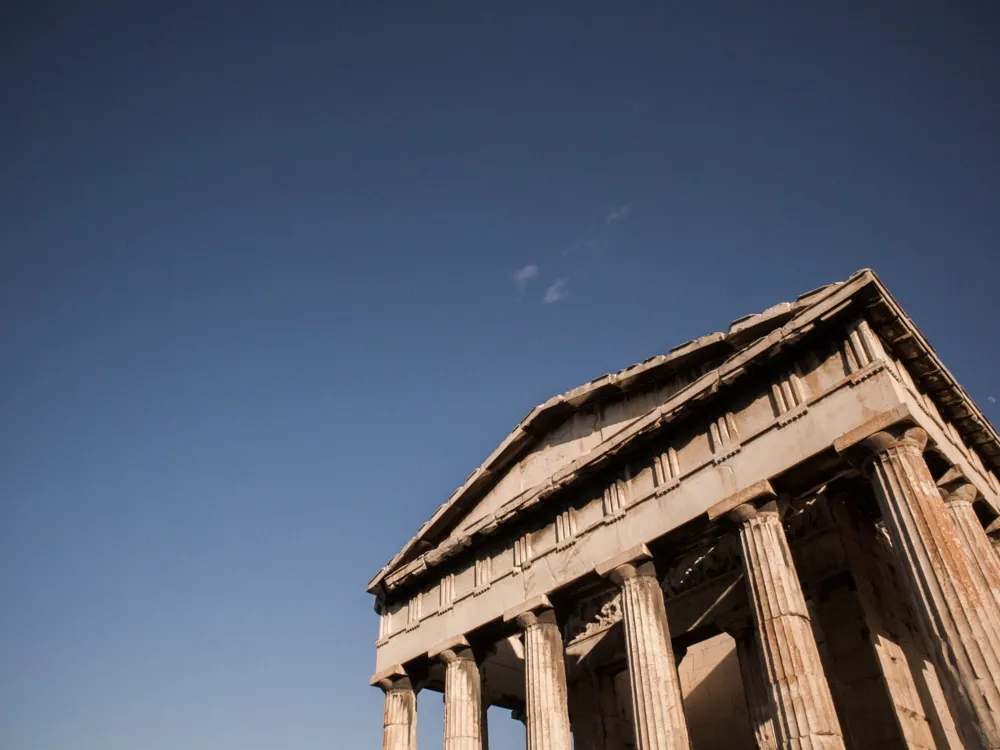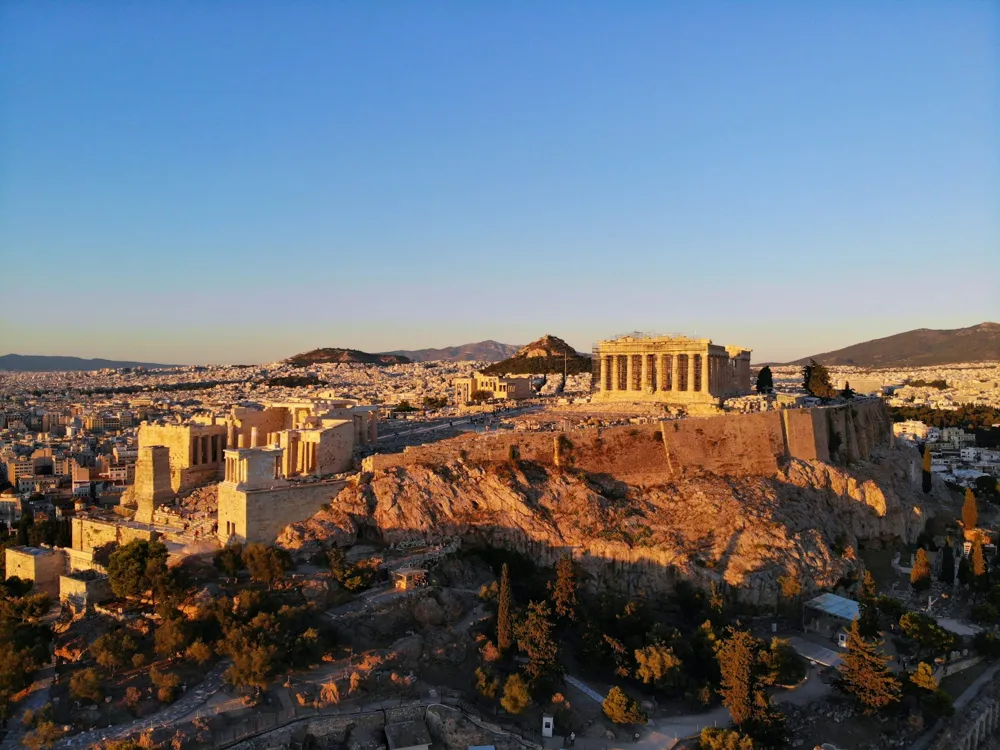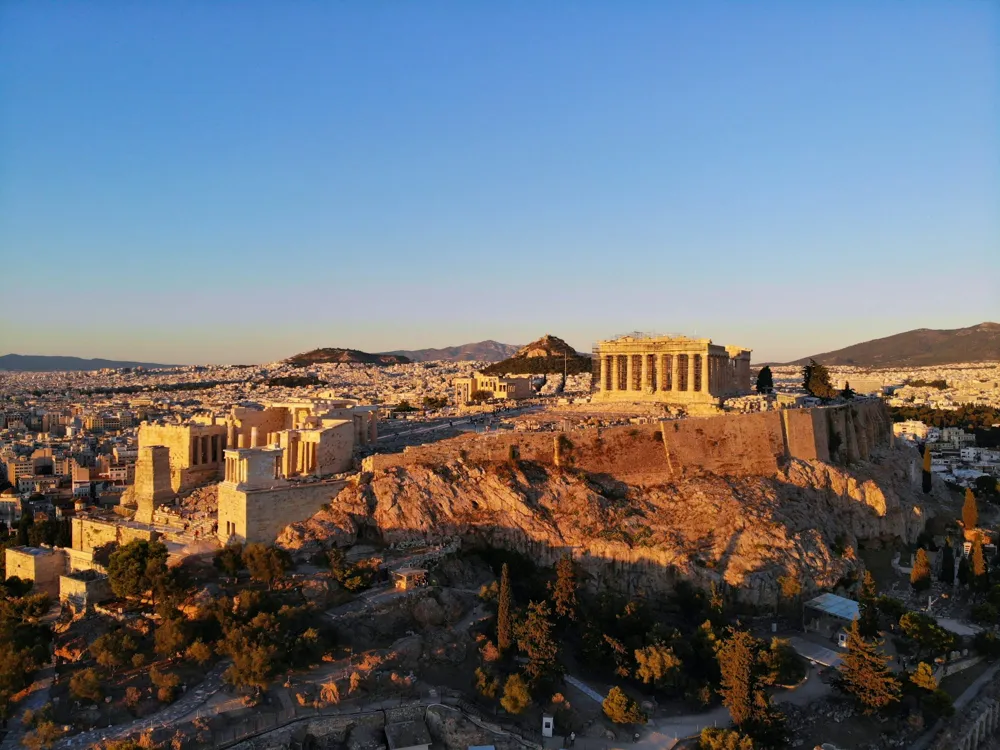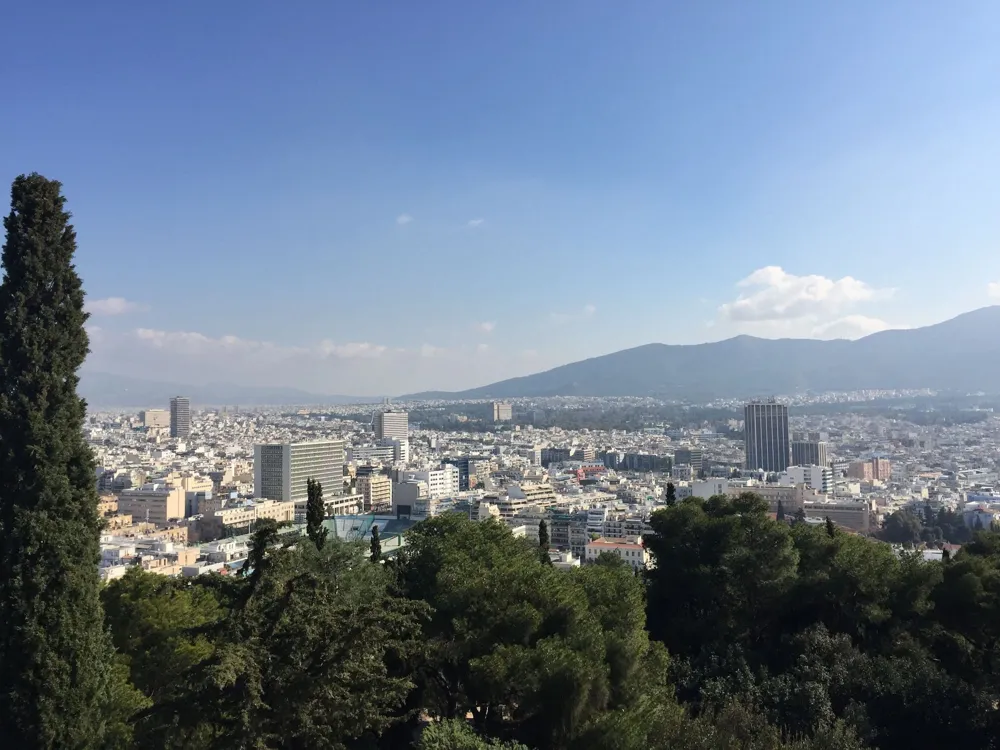The National Archaeological Museum of Athens stands as a beacon of ancient Greek civilization, housing some of the most significant archaeological finds in the world. Established in the late 19th century, it is the largest archaeological museum in Greece and one of the most important in the world for ancient Greek art. Its collection spans over 11,000 exhibits, providing a comprehensive overview of Greek civilization from the beginnings of Prehistory to Late Antiquity. The museum's journey begins in Prehistoric times, showcasing findings from the major archaeological sites of Greece. It brings to life the Neolithic, Cycladic, and Mycenaean civilizations through an array of artifacts, including the famous Mask of Agamemnon and the vibrant frescoes from Thera. The Bronze Age collection is a testament to the skills and aesthetics of the Mycenaean and Cycladic artists, while the extensive Egyptian and Near Eastern art collection connects the Greek world with its eastern neighbors. The museum's Classical collection is a treasure trove of history, featuring masterpieces of ancient Greek art. The sculptures, pottery, and metalwork reflect the evolution of Greek art from the Archaic to the Roman period. Highlights include the statues of Zeus or Poseidon, the Jockey of Artemision, and the Antikythera Mechanism, an ancient Greek analog computer. These masterpieces not only exhibit the artistic prowess of ancient Greeks but also offer insights into their daily lives, beliefs, and social structures. The National Archaeological Museum is not just a repository of artifacts; it's a narrative of human history, evolution, and artistic expression. Through its comprehensive collection, the museum portrays the sequence of civilizations that flourished on Greek soil and left an indelible mark on world heritage. The architectural grandeur of the National Archaeological Museum of Athens is as significant as its collections. Designed by architects Ludwig Lange and Panagis Kalkos, the museum’s edifice is a splendid example of 19th-century neoclassical style, which harmonizes with Athens’ architectural heritage. The building was completed in the late 1880s and has since been an emblem of the city’s cultural and historical prestige. The museum’s façade is a masterpiece in itself, adorned with sculptures and friezes that depict various themes from Greek mythology and history. The main entrance is crowned by a pediment supported by grand Ionic columns, creating an imposing yet inviting gateway to the treasures within. The building’s symmetry, balanced proportions, and use of marble and stone pay homage to the classical ideals of beauty and harmony. Inside, the museum is a labyrinth of galleries and halls, each meticulously designed to enhance the display of its artifacts. The interior design blends functional modernity with classical elegance, using natural light to highlight the beauty of the exhibits. The use of glass ceilings in some areas allows for a seamless integration of natural and artificial light, providing an ethereal ambiance that complements the ancient artifacts. Throughout its history, the museum has undergone various renovations and expansions to accommodate its growing collection. These modern additions have been carefully integrated to respect the original neoclassical design, ensuring that the museum remains a cohesive architectural masterpiece. The blend of ancient art with neoclassical and modern architectural elements makes the National Archaeological Museum of Athens not just a home for antiquities but a timeless piece of art in itself. - Consider visiting during off-peak hours to avoid crowds. - Allocate at least 2-3 hours for a comprehensive tour. - Check the museum's website for temporary exhibits and special events. - Opt for a guided tour for a more in-depth understanding of the collections. - Audio guides are available in multiple languages. - Informational booklets and maps can be obtained at the entrance. - The museum is wheelchair accessible. - Restrooms and a café are available on-site. - Lockers and cloakrooms are provided for storing personal belongings. - Photography for personal use is generally allowed, but flash is prohibited. - Maintain a respectful distance from the exhibits. - Silence mobile phones and avoid loud conversations. - The museum's gift shop offers a variety of books, replicas, and souvenirs. - Purchases from the shop help support the museum's activities. Reaching the National Archaeological Museum of Athens is convenient due to its central location in the city. It is easily accessible by various modes of transportation: - By Metro: The closest metro station is Omonia Station, which is a short walk from the museum. This station is served by lines 1 and 2 of the Athens Metro. - By Bus: Several bus routes stop near the museum, including buses 224, 035, 608, and E14. - By Car: For visitors driving to the museum, there are several parking options nearby. However, parking can be limited, so using public transport is advisable. - Walking: The museum is within walking distance from many central Athens locations, making it a pleasant walk for those staying in the city center. Read More:Overview of the National Archaeological Museum of Athens
Architecture of the National Archaeological Museum
Tips When Visiting the National Archaeological Museum
Plan Your Visit
Guided Tours and Information
Facilities and Accessibility
Photography and Etiquette
Gift Shop and Souvenirs
How To Reach the National Archaeological Museum
National Archaeological Museum
Athens
₹ 25,800 onwards
View athens Packages
Weather :
Tags : Museum
Timings : 8:30 - 15:00 in winters.13:30-20:00 (Monday)
Entry Fee : EUR 5
Planning a Trip? Ask Your Question
Athens Travel Packages
View All Packages For Athens
Top Hotel Collections for Athens

Private Pool

Luxury Hotels

5-Star Hotels

Pet Friendly
Top Hotels Near Athens
Other Top Ranking Places In Athens
View All Places To Visit In athens
Faq on Athens
What is the National Archaeological Museum Athens?
The National Archaeological Museum Athens is the largest archaeological museum in Greece and one of the most important museums in the world devoted to ancient Greek art. It houses an extensive collection of artifacts from various periods of Greek history.
What can I see at the National Archaeological Museum Athens?
Visitors can explore a vast array of ancient artifacts including sculptures, pottery, jewelry, and artifacts from archaeological sites across Greece. Highlights include the Antikythera Mechanism, the Mask of Agamemnon, and the Bronze statue of Poseidon.
What are the opening hours of the National Archaeological Museum Athens?
The museum is typically open from Tuesday to Sunday, with varying hours depending on the season. It is closed on Mondays and certain public holidays. It's advisable to check the official website for the most up-to-date information on opening hours.
How much is the entrance fee to the National Archaeological Museum Athens?
Entrance fees may vary depending on factors such as age, nationality, and whether any discounts apply. As of [insert current year], general admission for adults is typically [insert price], with reduced rates for students, seniors, and certain categories of visitors. Special exhibitions may have separate ticket prices.
Are there guided tours available at the National Archaeological Museum Athens?
Yes, the museum offers guided tours conducted by knowledgeable staff or licensed guides. These tours provide valuable insights into the museum's collections and Greek history. Visitors can inquire at the museum's information desk or book tours in advance through the official website.
View athens Packages
Weather :
Tags : Museum
Timings : 8:30 - 15:00 in winters.13:30-20:00 (Monday)
Entry Fee : EUR 5
Planning a Trip? Ask Your Question
Athens Travel Packages
View All Packages For Athens
Top Hotel Collections for Athens

Private Pool

Luxury Hotels

5-Star Hotels

Pet Friendly
Top Hotels Near Athens
Other Top Ranking Places In Athens
View All Places To Visit In athensFaq on Athens
What is the National Archaeological Museum Athens?
The National Archaeological Museum Athens is the largest archaeological museum in Greece and one of the most important museums in the world devoted to ancient Greek art. It houses an extensive collection of artifacts from various periods of Greek history.
What can I see at the National Archaeological Museum Athens?
Visitors can explore a vast array of ancient artifacts including sculptures, pottery, jewelry, and artifacts from archaeological sites across Greece. Highlights include the Antikythera Mechanism, the Mask of Agamemnon, and the Bronze statue of Poseidon.
What are the opening hours of the National Archaeological Museum Athens?
The museum is typically open from Tuesday to Sunday, with varying hours depending on the season. It is closed on Mondays and certain public holidays. It's advisable to check the official website for the most up-to-date information on opening hours.
How much is the entrance fee to the National Archaeological Museum Athens?
Entrance fees may vary depending on factors such as age, nationality, and whether any discounts apply. As of [insert current year], general admission for adults is typically [insert price], with reduced rates for students, seniors, and certain categories of visitors. Special exhibitions may have separate ticket prices.
Are there guided tours available at the National Archaeological Museum Athens?
Yes, the museum offers guided tours conducted by knowledgeable staff or licensed guides. These tours provide valuable insights into the museum's collections and Greek history. Visitors can inquire at the museum's information desk or book tours in advance through the official website.






















